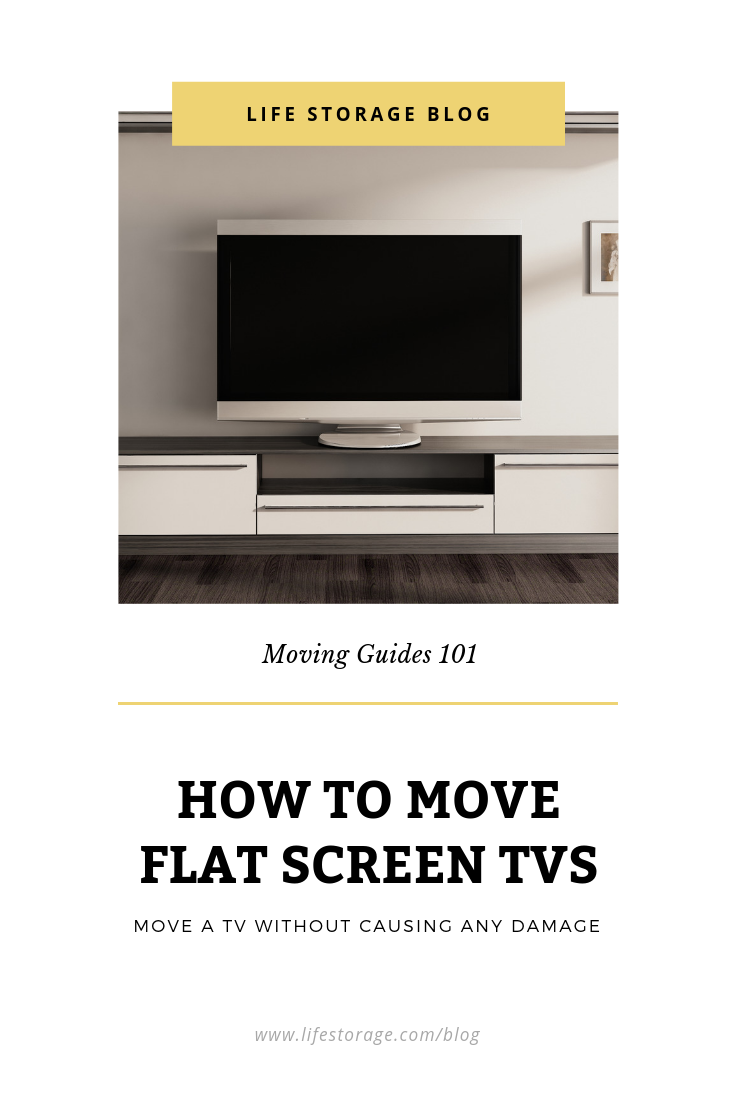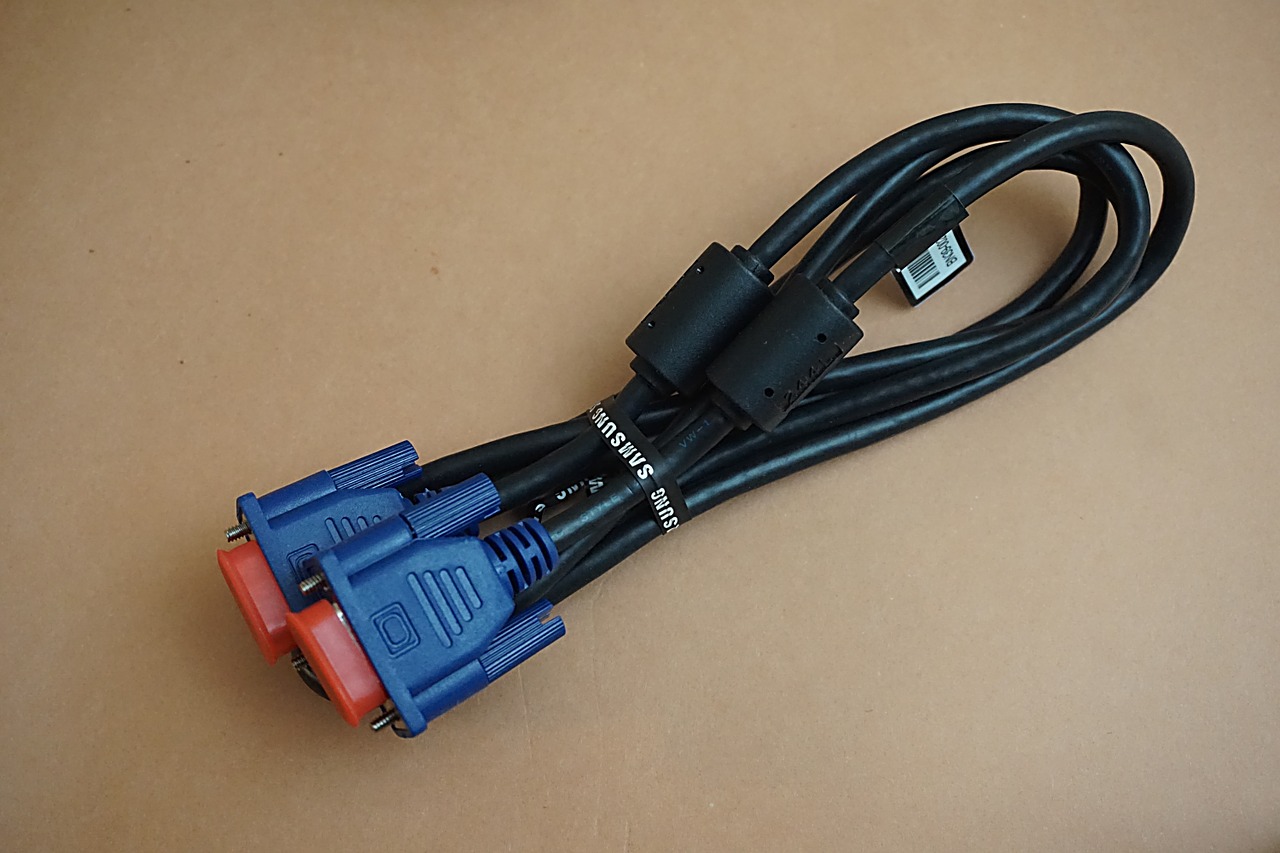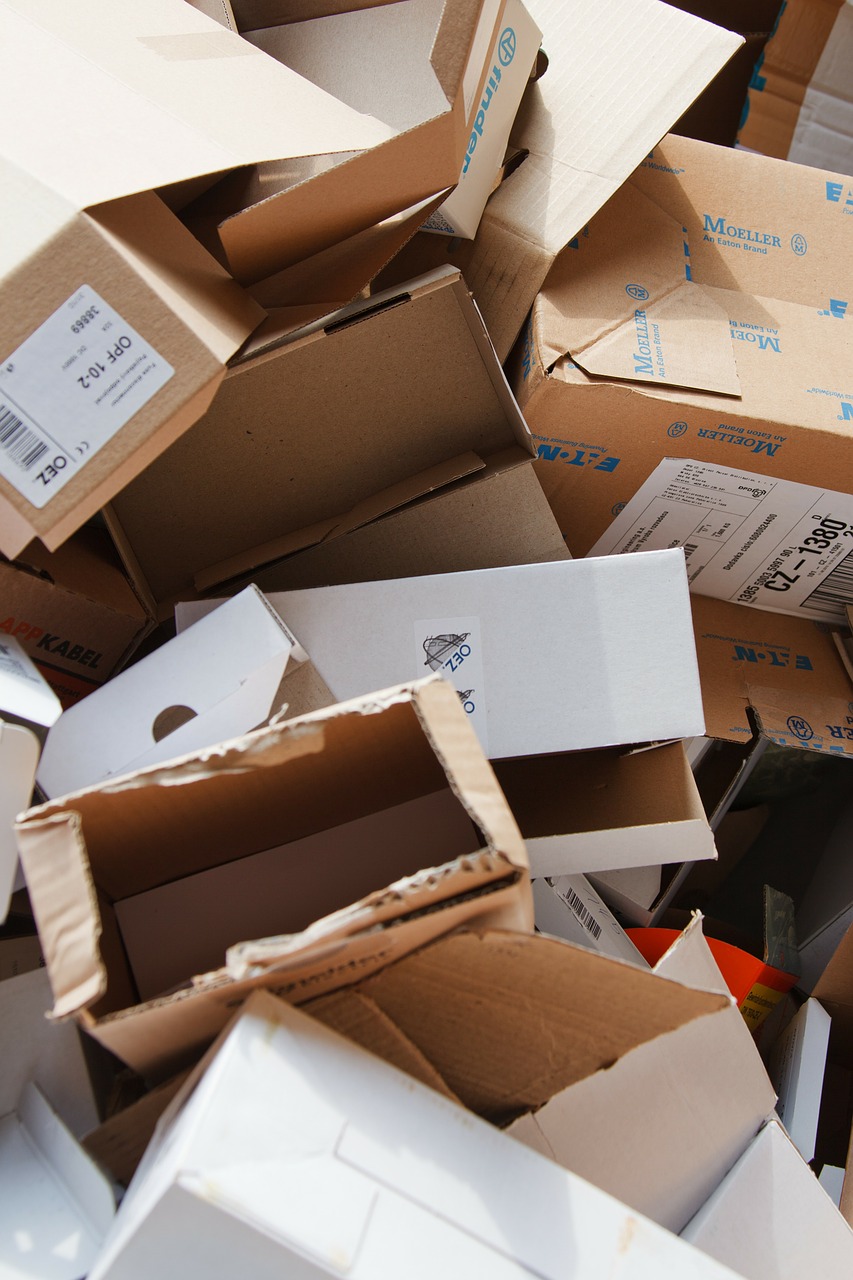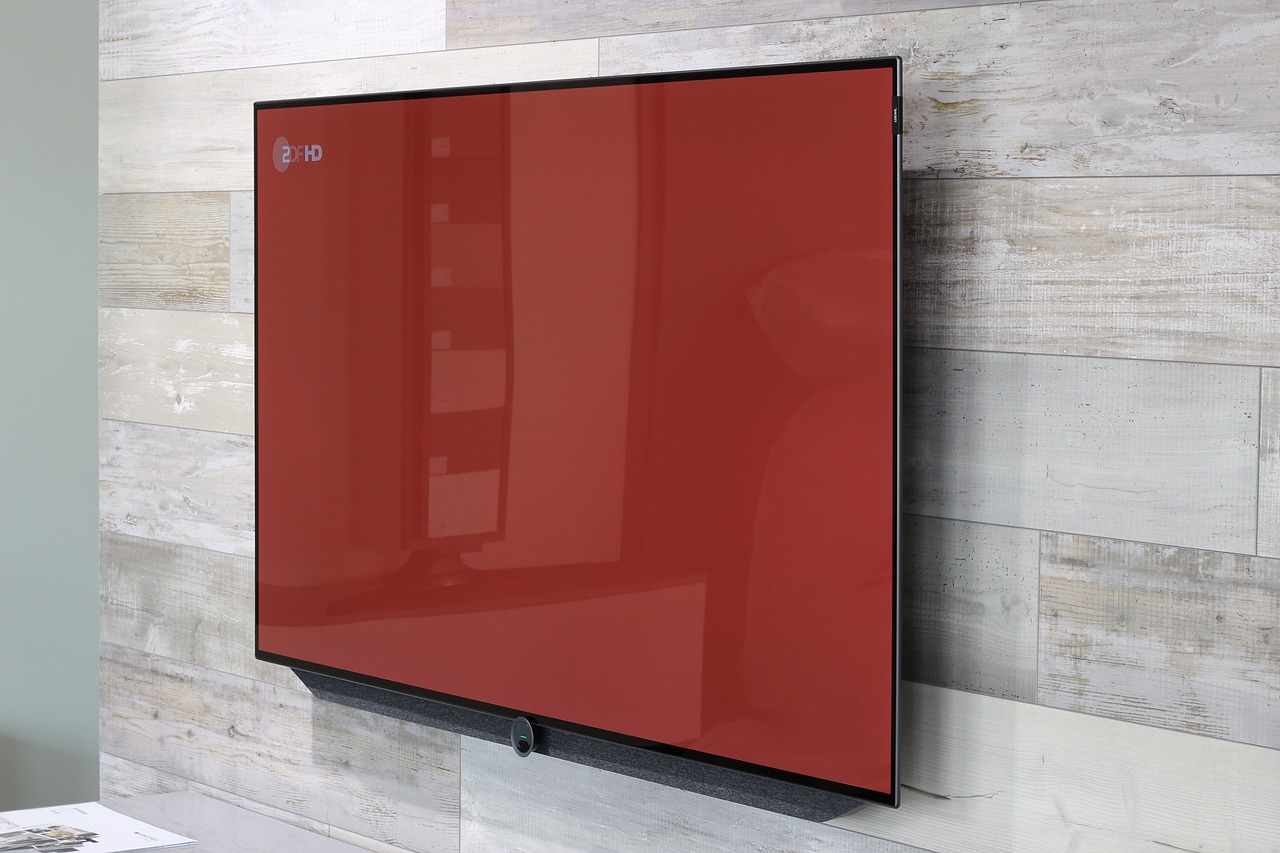
As a staple in most living rooms around the world, TVs provide us with endless hours of entertainment. From cozying up for a family movie night to bingeing the latest and greatest new series on Netflix, it’s safe to say that a TV is essential for most people.
But what should you do when moving into a new house, condo, or apartment? Do you know how to pack a TV for moving in the safest manner possible?
Being such a high-priority item, it’s no wonder that people want to protect their TVs. Newer flat-screen TVs might seem like a breeze to move compared to older box versions. However, flat screens can just as easily be dropped, scratched, or damaged on the way to your destination. Plus, TVs can be costly to replace depending on the size and model.
Related: Show’s Over: How to Store Your Television
Whether you’re moving across the country, or upgrading to a newer model and storing your old television for later use, we’ve got you covered. Take a look at our guide to learn how to properly pack a flat-screen TV and be mindful of the delicate screen during the moving process.
How do you pack a TV when moving?
It’s no secret: Moving into a new home can be hectic. And unlike other household items, you can’t place a TV into a standard moving box and call it a day. Even so, it’s best to take the time to pack and move your TV to avoid potential damage properly.
Instead of throwing your TV in your car or on the bed of your moving truck, follow these straightforward steps to pack a television for moving:
Step One: Unplug any cords and accessories

The first step in preparing your TV for a major move is unplugging and organizing its external cords. In addition to the TV’s power cord, you could also have half a dozen other cables that you’ll need to keep tabs on. These could include extra HDMI cables, cable cords, and any cords hooked up to DVD/Blu-Ray players or gaming consoles.
As you pack your TV for moving, try to keep all of your cords and accessories together. That way, they won’t be lost or misplaced during the move. For example, if you use a Nintendo Switch gaming system with your TV, pack your console, dock, joycons, games, and all necessary cords together in one box.
Related: Video Game Storage Ideas & Organizing Strategies
Here are some additional TV packing tips to help you get organized:
- Dust the back of the TV to give yourself a clean area to work.
- Unplug each device one at a time and label the cord using masking tape and a marker.
- Velcro each cord to its corresponding electronic or store in a plastic bag.
- Clean the TV using TV screen cleaner and a microfiber cloth.
- Optional: Remove the legs or built-in stand from the body of the TV.
Step Two: Wrap the TV Screen

This is a step that’s often overlooked during the moving process. It’s essential to protect your TV screen from scratches that could be caused by movers or packing material. Even if you’ve packed your TV inside its original box, it can still be damaged if it’s not secured with proper protective padding.
Depending on what you have available, there are a few different ways to pack a TV for moving. The TV’s original protective sleeve usually works great. However, moving blankets, bubble wrap, and TV foam pouches and covers are also great options. These can often be purchased easily online or at your local hardware store.
Does bubble wrap damage TV screens?
Bubble wrap is an excellent option for protecting your flat-screen TV while moving. So long as you’re using a good quality brand, bubble wrap should not scratch your TV screen in transit. However, bubble wrap may be more expensive than using supplies you already have at home, like soft, protective blankets. It’s up to you to weigh your options accordingly!
How to secure a television screen for moving with different materials:
- Moving Blankets: Wrap the blanket around the screen and secure it using a small rope or bungee cord
- Protective Covers: Use the plastic protective sleeve that came with the TV or buy some plastic wrap that’s made for moving
- Hardware stores often sell protective covers made specifically for TV screens
- Packing Paper: Carefully tape on a piece of packing paper using painter’s tape before sliding your TV into its box
Step Three: Find a Suitable Moving Box

We all have that one person in our lives who insists on keeping the original packaging for everything. And in situations like these, holding onto old boxes and styrofoam sleeves can really come in handy.
Simply put: Packing a TV in its original box is ideal for moving. That’s because the box and its included protective sleeves were explicitly designed to keep everything intact. Whether you purchased your TV online or picked it up in a store, these boxes protect your TV protected during shipping and transporting.
While we recommend keeping the original packaging, we also understand the desire to recycle old boxes to reduce clutter. In the future, if you decide to get rid of the packaging, keep the protective sleeve handy instead. These included sleeves are the ideal barrier between your screen and packing material.
What can you use to pack a tv if you don’t have the original box?
If you don’t have the original packaging your TV came in, don’t worry. Here are a few different options to explore:
- Use any sized moving box that provides at least two or three inches of extra space on all sides once the TV is inside
- Soft, moving blankets or comforters from your home will work well for packing a flat-screen television
- They manage to keep distance between the screen and a larger moving box and provide padding without damaging the screen
- Pick blankets that don’t have zippers, buttons, or seams that could scratch the screen
- Many moving companies and hardware stores sell TV moving kits
- These include wide, slim depth boxes that are perfect for most flat-screen televisions
Related: How to Build a DIY Console Table for $50 or Less
Step Four: Secure the TV Inside the Moving Truck

Once the television is padded and boxed, it’s time to get it loaded into your car, van, or moving truck. Slide it into the vehicle in an upright position, and you’re good to go! Ideally, you’ll want to store the flat screen between other items. That way, there’s less of a chance of it moving around. Moving the TV off the ground reduces the risk of other heavier items falling on top of it.
Can you lay a TV down to move it?
Flat-screen televisions should always be stored upright and elevated if possible. If you lay your TV flat during the move, you risk damaging the TV’s exterior with the weight of other objects. This can lead to scratches in the screen, cracks in the body of the TV, and further external damage. Safely packing your TV in a proper moving box should help you avoid this.
Consider these TV moving tips when packing your moving truck:
- Keep the TV between two heavy, sturdy furniture items, like a sofa and a mattress
- If you are still looking for a spot to slide the television between two items, secure it against a wall
- Use a bungee cord to hold the TV in place
- Place one cord along the unit’s base and another along the top section of plastic framing
- Avoid letting any cord or rope make contact with the screen, especially when those materials are being pulled taut to secure the unit
- Make sure to store the television with the screen facing away from the wall
Related: Five Ways to Create More Space in Your Home
Step Five: Unpack the TV With Care

Once the TV gets to its new destination, you’re not quite finished yet! To complete the TV moving process, you must keep a few things in mind.
How to safely unpack a flat-screen TV:
- If movers set down the TV, make sure they place it in an upright position
- Carefully unbox your TV as soon as possible to get it safely out of the way
- Use two or more people to lift the screen out of the moving box
- Only try to do this yourself if the TV is light enough
- Also, don’t place the box flat on the ground and try to slide the TV out
- Let the TV come to room temperature before you plug anything in and turn the power on
- Make sure the TV stand or console table is large and sturdy enough to accommodate the flat screen
- If you are using a wall mount, make sure it is drilled into studs or that the proper anchors are used
Protect Your TV During the Packing & Moving Process
Ready to bring your beloved TV into your new home? Taking the time to pack and move your flat screen TV properly will help you prevent cracks, dents, and other damage throughout the moving process. That way, you can return to watching your favorite shows and movies as soon as you’re settled into your new space.
Is moving a TV is the right option for you? Consider donating your TV if it’s too much of a hassle to move it! After all, what better time to upgrade to a bigger, better flat-screen TV?
This post originally appeared on the Life Storage blog on 6/19/13 and was revised on 2/26/19 and 11/30/22 to provide new information.







